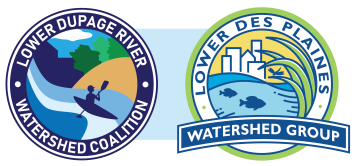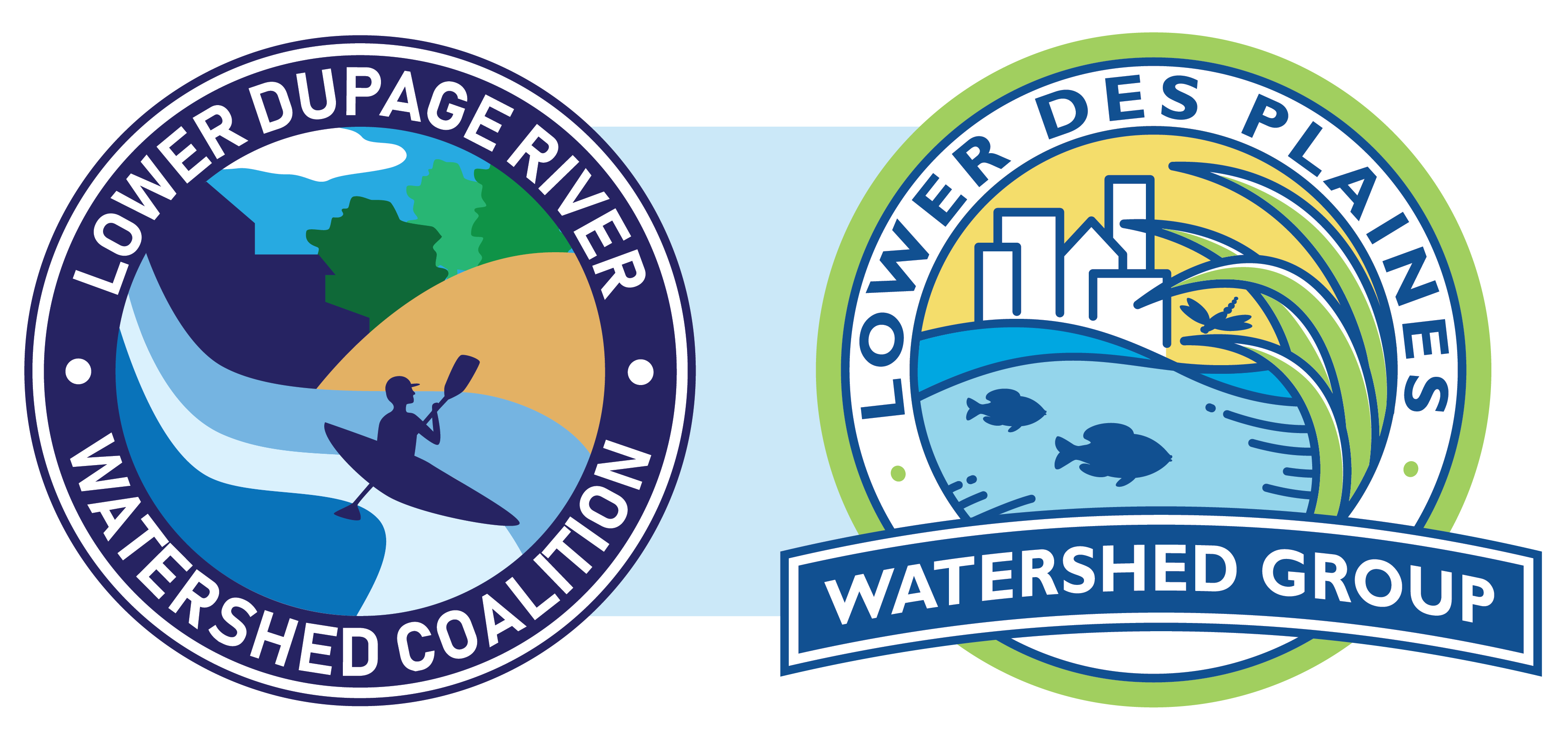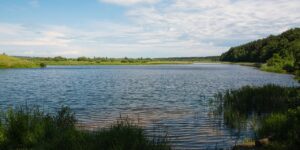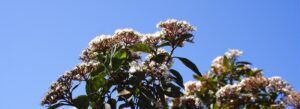Native plants have increased in popularity over the years but there can be some confusion on what a native plant actually is. Native plants have evolved and adapted physically, chemically, and genetically to their local environment for a thousand years or more and are vital parts of the ecosystem.
If a plant is cultivated from a native plant, it is no longer considered to be native since it has been taken from the wild and altered for a specific characteristic. This process decreases genetic diversity, which is important for a native plant’s survival.
Choosing a Native Plant
Choosing native plants for your yard is dependent on your desired landscape design as well as environmental conditions (sun or shade, low wet spot or dry area, for example). Some things to keep in mind include:
- Are the flowers fragrant?
- Is it an annual (dies with frost), biannual (lives two years, blooming and reseeding itself the second year) or perennial (comes back every year)?
- What wildlife and/or pollinators does it attract?
- What are the soil, water and sunlight conditions needed for this plant to thrive?
Benefits of Native Plants in Your Landscape
- Low-maintenance and cost-effective: Since native plants have adapted to live with local conditions and wildlife, they are resistant to many diseases and do not require the use of chemical fertilizers or biocides. This makes for lower-maintenance and cost-effective gardening.
- Deep roots: Compared to non-native plants, they require less watering (once their roots are established). Native plants have developed a deep root system over time due to past droughts, which now allows them to bring water up from more than 10 feet underground. These deep roots help keep your plants alive through consecutive warm summer days with no rain and also improve soil quality, remove pollutants, and reduce stormwater run-off.
- Great for the local ecosystem: Native plants have co-evolved with wildlife to provide food and shelter, as well as aiding in the formation of soils and filtration of water underground. In return, wildlife and other ecosystem components help native plants with photosynthesis, pollination, and seed dispersal.
Here are some native plant options for northeast Illinois:

Black-Eyed Susan
The Black-Eyed Susan is a biennial or short-lived perennial (life cycle ends in around 2 years) that grows to around 1 – 2 1/2 feet tall in preferably full sun and slightly moist soil. It has stems with long white hairs and florets that are bright yellow and attract insects such as bees, flies, and butterflies. To learn more, click here.
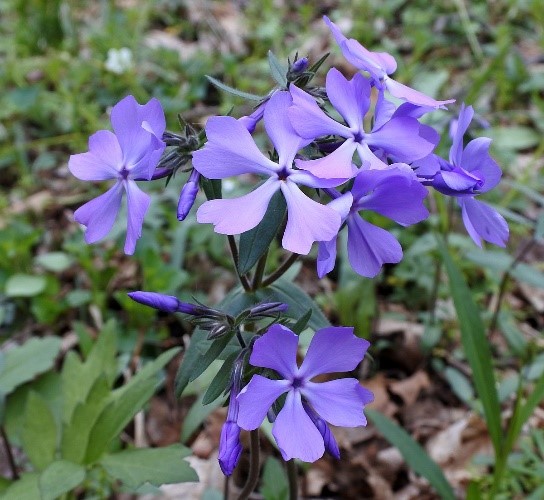

Prairie Phlox
The Prairie Phlox is a perennial plant (life cycle is more than 2 years) that grows to about 1/2 – 1 3/4 feet tall in full to partial sun. They have stems with spreading white hairs and lavender/pink flowers that emit a slight pleasant fragrance. The flowers are usually visited by long-tongued bees, butterflies and skippers. To learn more, click here.


Butterfly Milkweed
The Butterfly Milkweed is a perennial plant that grows from 1 – 2 1/2 feet tall in preferably full sun. They have long-lasting orange petals that do not emit a fragrance. The flowers’ nectar usually attracts honeybees. To learn more, click here.


Trumpet Penstemon
The Trumpet Penstemon is a perennial plant that grows about 2-3 feet tall preferably in full or partial sun. It has creamy white petals that are clustered together in intervals. The nectar of this flower attracts primary long-tongued bees such as bumblebees. To learn more, click here.


Prairie Dropseed
Prairie Dropseed is a perennial grass that forms dense tufts of narrow leaves that grow about 1-2 feet tall in preferably full sun. The seeds are usually eaten by sparrows and other birds, and occasionally the foliage is eaten by grasshoppers. To learn more, click here.
Looking to add one of these plants to your landscape?
Your local municipality and/or county-based Soil and Water Conservation District may host annual native plant sales – keep your eye out for sales each spring! You may also contact the following grower and suppliers for native plants:
| Natural Communities Native Plants 812 N Washington Ave Batavia, IL 60510 (331)-248-1016 https://naturalcommunities.net |
| Possibility Place Nursery 7548 W. Monee-Manhattan Road Monee, Illinois 60449 (708)-534-3988 https://www.possibilityplace.com/ |
| The Growing Place 2000 Montgomery Road Aurora, IL 60504 (630)-820-8088 AND 25w471 Plank Road Naperville, IL 60563 (630)-355-4000 www.thegrowingplace.com |
